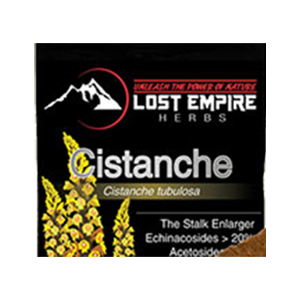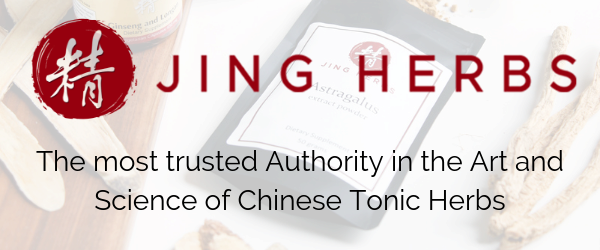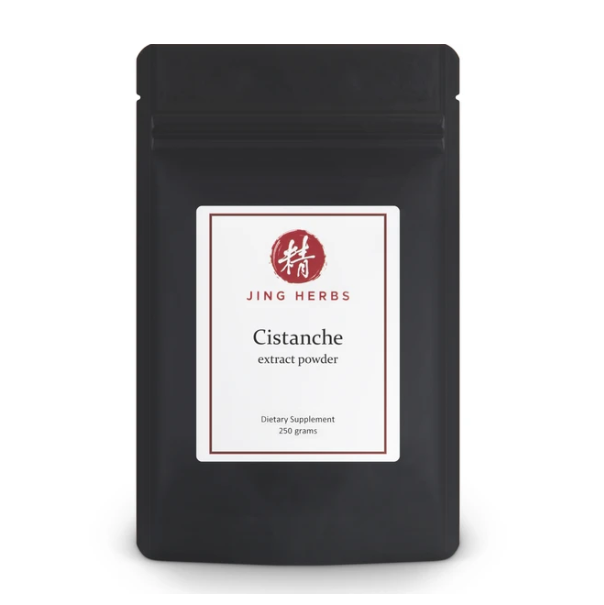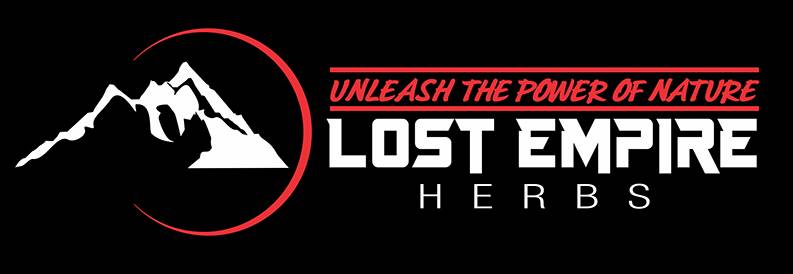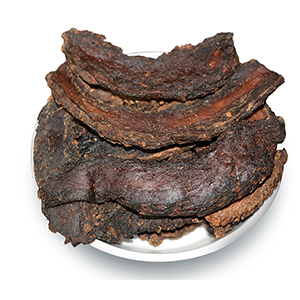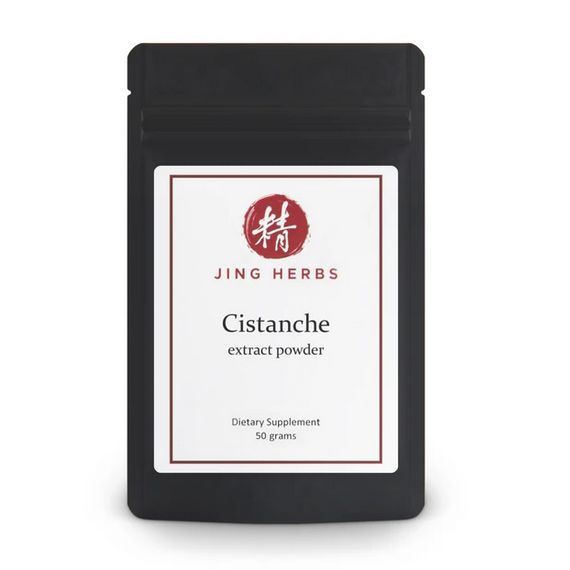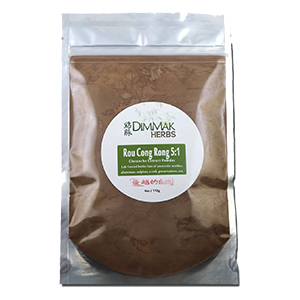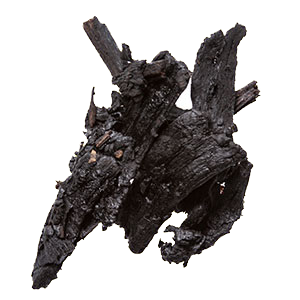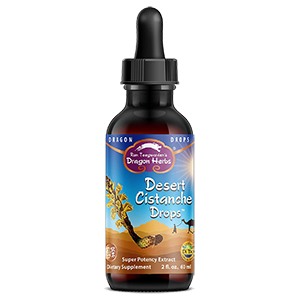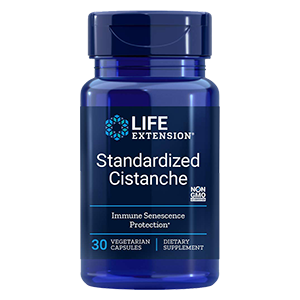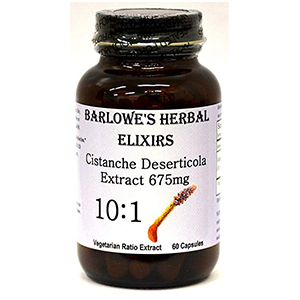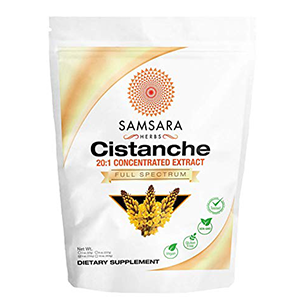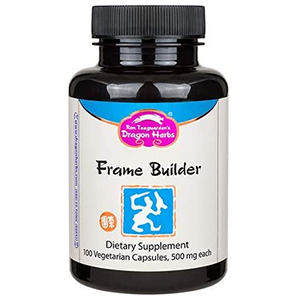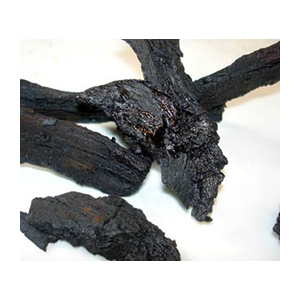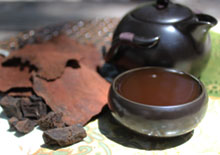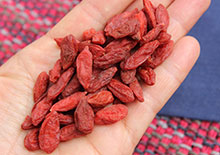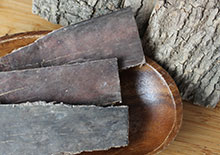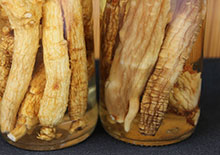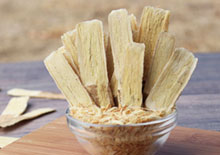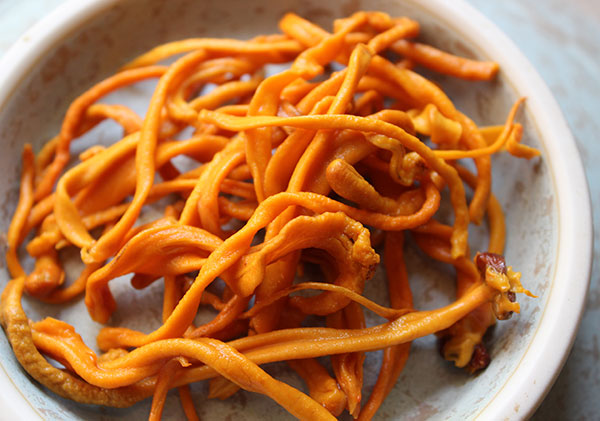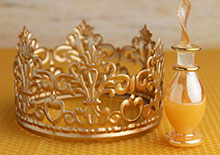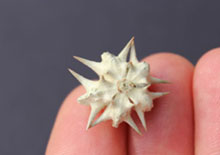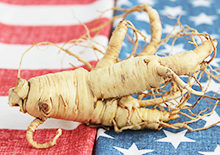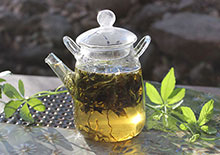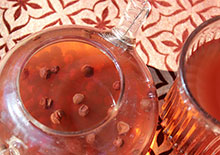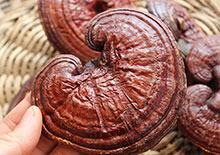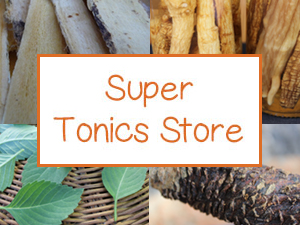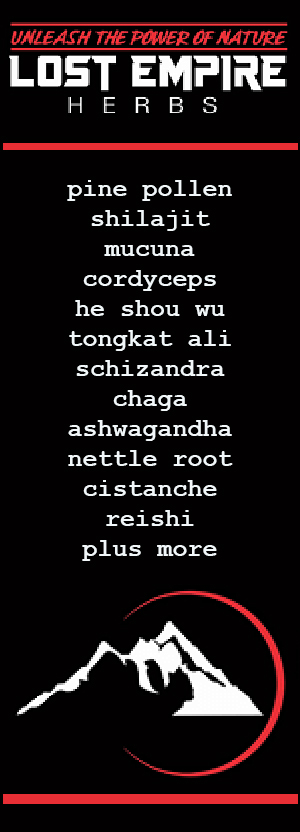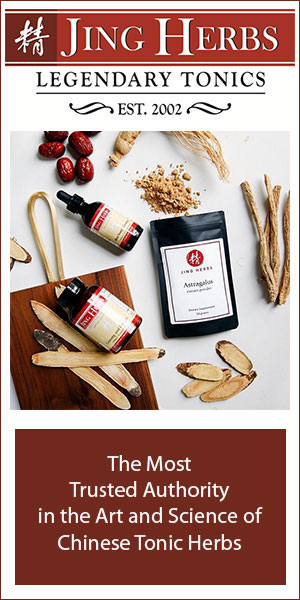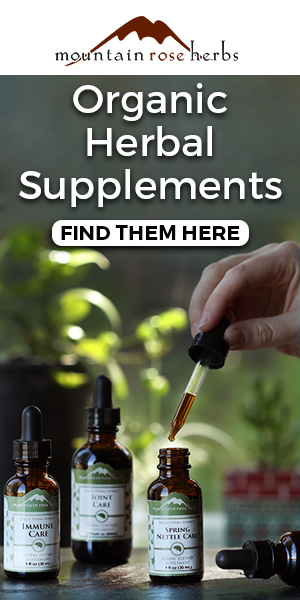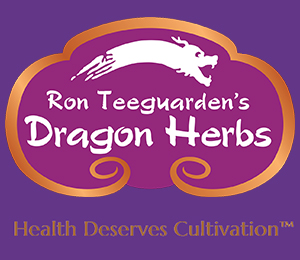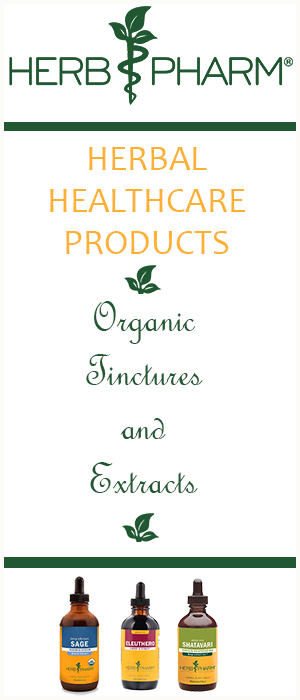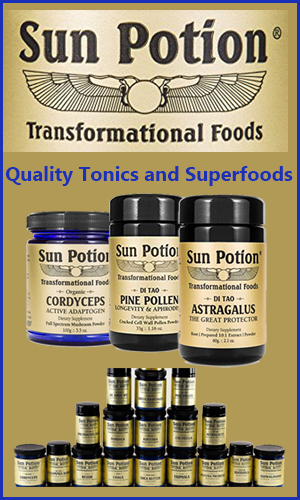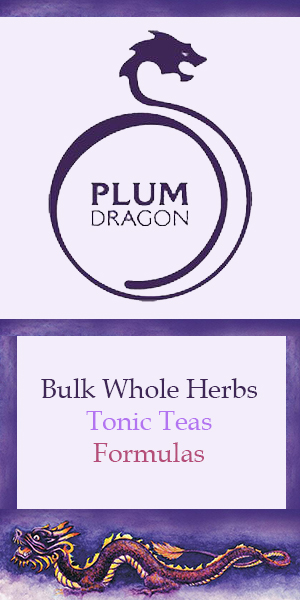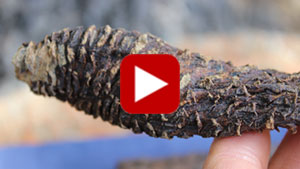- Home
- Chinese Herbs
- Cistanche Stem
Cistanche Stem, A Potent Kidney Yang Tonic and Aphrodisiac
Intro | What is Cistanche? | Historical Use | Endangered Species? | Health Benefits | Favorite Suppliers | How to Use | Precautions | Shop
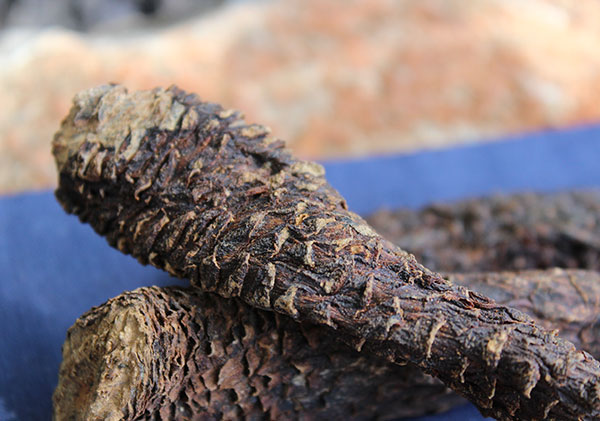
Cistanche stem is the stalk of several species of desert plants that grow wild in dry arid regions of Asia and the Middle East and is commonly cultivated in northwest China and Mongolia for commercial use.
Classified as a major Chinese tonic herb, it has been used for centuries in traditional formulations to help restore and support kidney Yang and tonify Jing, one of the three treasures associated with our deepest stored energy reserve.
Table of Contents
Intro | What is Cistanche? | Historical Use | Endangered Species? | Health Benefits | Favorite Suppliers | How to Use | Precautions | Shop
It is known throughout Asia as a top male tonic for its ability to increase sexual virility and libido as well as improve the fertility rate in both men and women.
Most famously referred to as the "stalk enlarger", it is also a prized natural herbal remedy for eliminating male erectile dysfunction.
Extracts of this potent herb, however, are not like anabolic steroids or to be used as a type of drug. They work rather in a powerful yet gentle way to fortify both Yang and Yin deficiencies, a feature which promotes the optimal functioning of the reproductive organs and glands. This quality has been studied, in some Asian scientific research, to encourage androgen-like effects that can increase sex hormones, like testosterone.
The primary active chemical constituents found in cistanche stem are
phenylethanoid glycosides (PhGs) and saponins, notably acteoside,
echinacoside and cistanosides.
Regular use of cistanche herbal extracts can be additionally rejuvenating to the kidney-adrenal complex and may help to nourish individuals suffering from adrenal fatigue when consumed over a period of time.
Interestingly, cistanche stem is also highly valued for its benefits to the elderly who are more likely affected by typical signs of aging due to Yang deficiency, such as neurodegeneration and lowered immune response.
Cistanche is likewise great for nourishing the blood and bodily fluids and is known to be an excellent adjunctive therapy for chronic constipation caused by dryness in the intestines.
Like other kidney Yang tonics, it is additionally useful for its strengthening influence on the skeletal structure, which can support increased flexibility and stability as we move along in chronological years.
It has been long utilized in ancient herbal tonic formulations for its youth preserving qualities. Classic preparations like the Huan Shao Dan, or "Youth Returning Formula", use a combination of 15 different herbs, some of which include cistanche, eucommia, goji berry, jujube, schizandra, morinda and rehmannia.
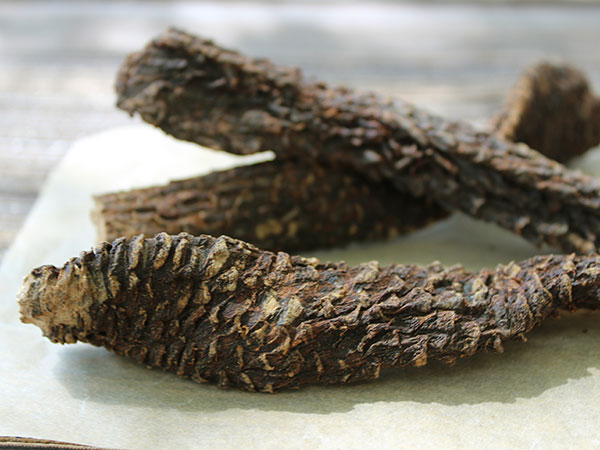
What is Cistanche Stem?
The name "cistanche" is a general term used to describe a genus of close to 30 different species. (Source)
The most popular varieties used as an herbal tonic are Cistanche deserticola, Cistanche tubulosa, Cistanche salsa and Cistanche sinensis. All four species have similar properties and phytochemical constituents.
Cistanche is a desert-thriving parasitic plant that essentially sustains itself from the root systems of other host plants that grow around it.
Cistanche deserticola, one of the most popular Asian varieties, is believed to be native to the Xinjiang Uyghur Autonomous Region of northwest China, particularly the Taklimakan desert, and also Mongolia, the two main commercial production centers. In these regions, the parasitic stems feed on other host desert plants, such as the two shrubs tamarix and haloxylon ammodendron (saxaul) which provide nutrients and water that enable it to survive the hot arid dry climate.
The Hotan peoples of southwestern Xinjiang, who have been consuming it for centuries, are known to prepare the sliced stems with mutton and grain in a type of porridge or congee. It is also used in tea decoctions, but is more commonly infused into alcohol like rice wine.
Species such as C. tubulosa also grow in other habitats and alkaline sandy soils like the desert zones of the Middle East, where it is likewise collected as a tonic herb for use in teas, formulas or as a stew ingredient.
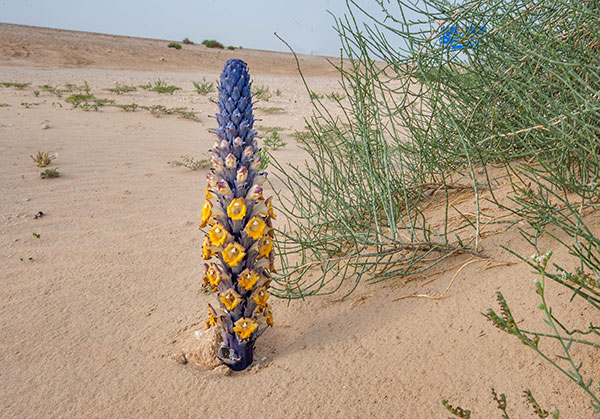
Cistanche stem also goes by the name "desert hyacinth" and according to one birding website, "It is one of the showiest plants of Eastern Arabia with bright yellow, dense column of flowers sometimes approaching one meter in height." (Source)
The stem is the section that usually remains underground during its early developmental stage. In the spring, it emerges from dry desert soils producing a layered pyramid spike of buds that blossom at the base and taper off at the plant's apex.
The budding tip is often a blue-purple tint, depending on the species, and is an attractive contrast to the yellow blossoms at the base of the stem. Also referred to as broomrape plant, the entire stem or stalk is the part harvested typically before the flowering stage for its tonifying and medicinal qualities.
When dried it turns a darker brown color with scaly stalks that are heavy and dense, but with some flexibility. Depending on the source, dried cistanche stems can be slightly sticky, like rehmannia root which is in the same plant family Orobanchaceae.
It is sold as both a raw and prepared bulk material, which is evident by the difference in color and texture.
Rou Cong Rong, Historical Use and Cultivation
The Chinese pinyin name for cistanche is Rou Cong Rong. "Rou" meaning 'fleshy or meaty nature' and "cong rong" meaning 'calm and leisurely.' Both descriptions characterize the physical qualities of the stem as well as its smooth and nonabrasive effects when consumed.
Historical reference to the use of cistanche stem as a tonic was recorded in both the Shennong Ben Cao Jing and Bencao Gangmu, two of China's most valued herbal classics that date back to 3rd century AD. The herb was also mentioned close to a hundred times in The Essence of Medical Prescriptions written in 984 A.D., particularly in relationship to men's health as a Yang tonic for increasing sexual libido and physical strength.
Although cultivated cistanche is collected when fairly young, it is believed that the longer the cistanche stems are, the more potent they become. Usually reaching heights of about 1-3 feet (30-91 cm) it can under the right conditions actually grow as tall as 6 feet or close to 2 meters. Conventionally cultivated cistanche is typically less than 12 inches (30 cm) in length.
Is Cistanche Stem an Endangered Plant Species?
The species C. deserticola, located in some specific desert locations, is on the list of endangered plants according to the Convention on International Trade in Endangered Species of Wild Fauna and Flora (CITES). (Source)
This is not due to over-harvesting, however, but is largely the result of widespread use of cistanche's host plant, Haloxylon ammodendron, commonly chopped down as a firewood fuel source as well as building material.
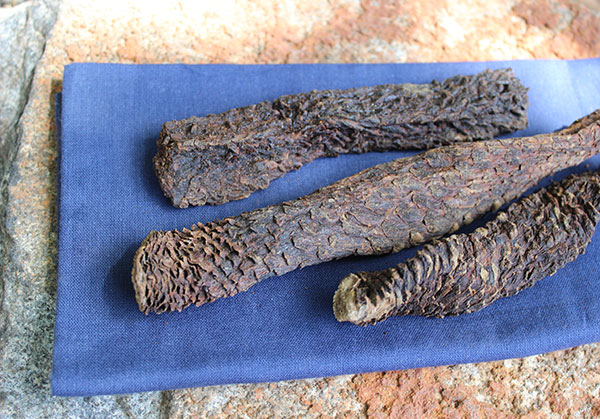
Top Health Benefits of Cistanche Stem
1) Cistanche's Use as a Kidney Yang Tonic
2) Known to Increase Libido and Energy Levels
3) Antioxidant Support and Neuroprotective Influence
4) Good for the Colon and Bowel Regularity
Cistanche Specific Compounds, Use as a Kidney Yang Tonic
Cistanche, or Rou Cong Rong, is a major Chinese herb used to fortify the Yang energy of the kidney, Yang Jing, often employed for use in age-related disorders and decline of "kidney essence." It also, however, provides benefits as a Yin tonic which is characterized by its gentle yet energizing properties.
These qualities are known to be a result of certain primary compounds contained within the stem referred to as phenylethanoid glycosides. The two main ones being echinacosides and acteosides, substances that are also found in rehmannia root.
In addition to offering a tonifying influence on reproductive (sexual), neurological, renal (kidney) and endocrine functions, it is also nourishing to the blood and moistening to the colon. In Chinese herbalism, it is believed to enter both the large intestine as well as the kidney meridian organ systems.
Cistanche, typically prepared as an alcohol extract, is a frequently recommended tonic for the elderly who are likely challenged by both Yang and Yin deficiency. Its warming yet moistening nature and gentle action is helpful for increasing physical strength. It is a common ingredient used along with other tonics, like eucommia and morinda, for building skeletal structure and stability in the joints. It is likewise both reinforcing to the back as well as the knees.
Known to Increase Libido and Energy Levels
Cistanche, being a kidney Yang energizer, is a natural libido boosting herb and a notoriously recognized top herbal aphrodisiac in many countries of the Orient.
Most famous in Asia as the "stalk enlarger", extracts are popular among middle aged men as they are helpful for male erectile dysfunction and increasing sex drive. Following the "Doctrine of Signatures" the stem itself is of a phallic nature, piercing through desert soils in a straight upright position.
A pure concentrated extract can be taken on its own for its potent qualities or can be combined or alternated with other libido enhancing herbs and superfoods, like ashwagandha, tribulus, pine pollen, maca, schizandra, tongkat ali, horny goat weed, cordyceps, horny goat weed and rhodiola.
For best results and the most revitalizing effects, it is generally consumed daily over a longer period of time rather than in doses that are less frequent.
In a scientific review entitled "Herba Cistanche (Rou Cong-Rong): One of the Best Pharmaceutical Gifts of Traditional Chinese Medicine", cistanche has been confirmed to have an aphrodisiac effect on men, demonstrating an increase in "sex hormone levels by inducing testicular steroidogenic enzymes" with a positive effect on male hormone production.
It is one of the primary ingredients in Cappra®, Thailand's #1 male libido enhancement supplement. In a 2012 study
it was "demonstrated that Cappra is effective and well-tolerated and
can be used as alternative therapy for mild and mild to moderate ED
[erectile dysfunction]."
In one reported 2016 study on rats is was concluded that "findings indicated that CD [Cistanche deserticola extract] facilitated the penis erectile response and modulated the serum hormone level to some extent."
In another Asian study results confirmed "that CD [Cistanche deserticola] decoction tended to increase serum testosterone content, likely due to its androgen-like effect."
Although it is a commonly utilized tonic by men, it is also a useful herb for women as it helps to nourish the blood and enhance reproductive functions with properties that direct blood flow to the pelvic and genital regions.
Cistanche, being uniquely both a kidney Yang as well as a Yin tonic herb, is nurturing to Jing essence, one of the three treasures in TCM that helps to restore natural energy levels.
Jing is the first treasure and is our deepest stored energy reserve or "root of our vitality" associated with kidneys and the kidney-adrenal complex. Jing herbs are divided into two different categories: yin and yang. Yin herbs build and replenish depleted Jing energy and as a result are known to increase sexual libido and fertility. Yang herbs also invigorate Jing essence and are known to be highly rejuvenating to the reproductive system, skeletal system and mental functions.
Cistanche stem is often traditionally "prepared." This is a technique that involves slicing and steaming the raw stem in rice wine, which turns it a darker black color. Decoctions made from prepared cistanche are believed to increase its ability to strengthen kidney Yang.
Cistanche Stem and the Legend of Genghis Khan
Cistanche naturally grows wild in many of the regions that were first controlled by the legendary Genghis Khan and his nomadic band of warriors. Consumed in his ritual daily decoctions, it is attributed to be one of the reasons for his famed sexual prowess.
According to herbalist Ron Teeguarden, "The infamous Genghis Khan, who fathered literally hundreds of children in his lifetime and who has left the largest substantiated genetic trail of any single man in human history, consumed desert cistanche every day as a tonic. His Y-chromosome is today found in an estimated 16 million of his male–line progeny in a vast swath of Asia from Manchuria to Central Asia, and more recently throughout the world. That’s one of every 200 males on earth today."
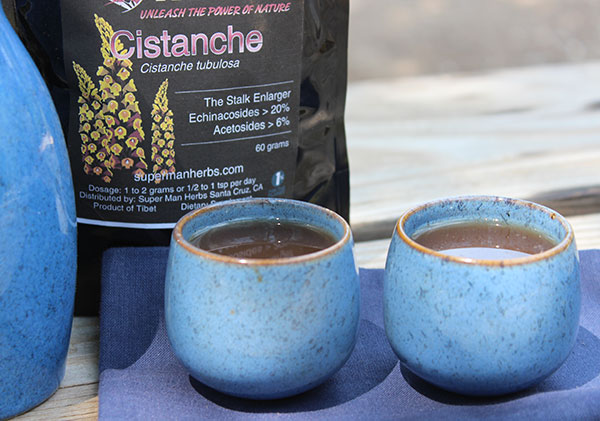
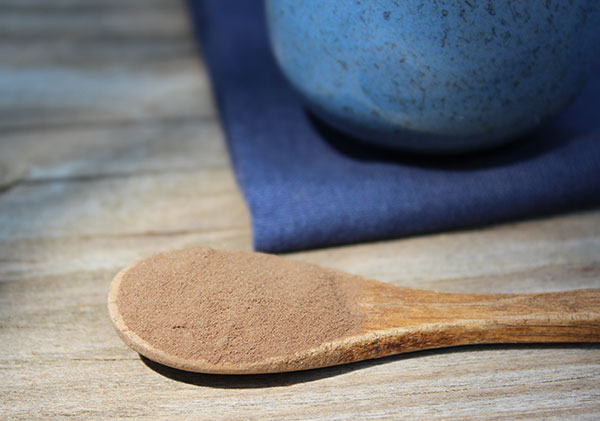
Adaptogenic Herb with Saponins Called Cistanocides
Along with the two main phenylethanoid glycosides (PhGs), echinacosides and acteosides, cistanche is also composed of triterpenoid saponin compounds referred to as cistanocides.
These are similar constituents also present in other tonic herbal varieties, for example the withanolides in ashwagandha, the astragalosides in astragalus root, the gypenosides in gynostemma and, of course, the ginsenosides in Panax ginseng.
Cistanche's cistanocides, PhGs, as well as oligosaccharides and
polysaccharides are the active constituents responsible for its effects
as an immune system adaptogen and stress reliever shown to provide
benefits for age-related immune deficiency and chronic inflammation.
In one scientific study conducted on male mice it was concluded that "results provide clear experimental support for long standing clinical observational studies showing that Cistanche deserticola possesses significant effects in extending life span and suggest this is achieved by antagonizing [impeding] immunosenescence." Immunosenescence refers to the gradual deterioration of the immune system brought on by natural age advancement.
Antioxidant Support and Neuroprotective Influence
There has been an increased amount of scientific attention being given to cistanche for its significant antioxidative and neuroprotective influence, believed to increase one's anti-aging potential.
This is revealed, in part, in some research on the strong antioxidant effects of the acteoside compound. "The acteoside-rich fraction of C. salsa extract can inhibit reactive oxygen species, prevent DNA damage, enhance superoxide dismutase (SOD) activity and prevent lipid peroxidation. Acteoside has an extremely strong antioxidative effect that is 15 times stronger than resveratrol and five times stronger than vitamin C."
In other studies, it has been demonstrated to help neurodegenerative disorders, such as dementia. In a 2015 reported study on cistanche's ability to regulate the nerve growth factor (NGF) and its neuronal actions, results "suggested that Cistanches Herba had potential neuroprotective effects for moderate AD [Alzheimer's Disease]." Likewise, in additional research, it has been shown to improve memory function, also by inducing NGF.
Good for the Colon and Bowel Regularity
Cistanche stem and its extracts are also known in Chinese herbalism to be "moistening to the large intestine" and are considered a gentle laxative helpful for relieving dryness in the colon.
Galactitol is one of the components in the herb responsible for these properties as it helps to support bowel regularity and stimulates the release of fecal build-up.
Again, these qualities are especially beneficial to seniors who are most likely to have chronic constipation issues.
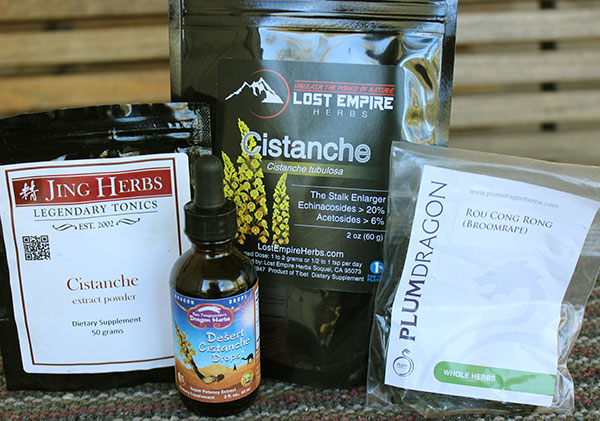
Favorite Top Quality Cistanche Suppliers
Learn more about the potential contaminants common in herbs sourced from China and how to guarantee purity.
Lost Empire Herbs (Formerly called "Super Man Herbs"), Powdered Extract - A high quality dual extracted powder using both water and alcohol processing methods. They also ensure total phenylethanoid glycosides greater than 60% and at least 20% or more echinacosides and 6% or more aceteosides. It is made from the Cistanche tubulosa species and is organically grown on the Tibetan plateau and is a product of Tibet.
Jing Herbs, Powdered Extract - This bulk powdered extract is made from Cistanche salsa stem using a hot water extraction process. It is an 8:1 ratio and is very concentrated, but not as bitter as some powders with a subtle sweet flavor.
Plum Dragon Herbs, Whole Cistanche Stem - A medicinal-grade quality of cistanche stem (Cistanche deserticola) sold as "prepared" pieces. This technique involves rinsing and soaking the raw dried stem in water to remove impurities twice daily. The root is then steamed in red rice wine; this is what gives it the darker black color. When it is prepared in this fashion, its ability to tonify Kidney Yang is believed to be strengthened.
Dragon Herbs, Desert Cistanche Drops - This product is made with large wild cistanche from the desert of Western Mongolia and Inner Mongolia. It is created from the Cistanche deserticola species.
Favorite Tonic Herbal Products Using Cistanche
It may also be appropriate to use pre-formulated herbal extracts that
contain a synergistic combination of other herbs, including cistanche
stem, for best health enhancing effects.
Lost Empire Herbs, Thor’s Hammer Sexual Potency Formula - This is a powerful combination of herbs, including cistanche as well as tongkat ali, horny goat weed, shilajit and mucuna. Thor’s Hammer Sexual Potency Formula
Dragon Herbs Frame Builder - This includes cistanche as an adjunctive herb along with others like euccomia, morinda, drynaria rhizome and dipsacus root. Dragon Herbs, Frame Builder
How to Use
Cistanche stem is best used as an extract for the highest therapeutically potent qualities. These are solutions that have either used hot water or alcohol, and sometimes both, to create a concentrated herbal substance. They are available in the form of a liquid, a bulk powder or an encapsulated powder.
Liquid extracts and powders can be added to hot water, teas,
shakes or elixirs. Cistanche stem, raw or prepared, blends very well with goji berries, Chinese cinnamon and he shou wu when decocting
herbal brews. It can be likewise used with the energizing effects of cacao in
raw chocolate as well as incorporated into desert recipes.
The taste varies depending on extraction techniques. Some can be slightly bitter, but most have a subtly sweet and mild salty taste.
Homemade tea preparations can be achieved using raw or preferably prepared stem pieces decocted into simmering water for 20 minutes. This tea can be strained and consumed straight or added to soups, stews or congees, a type of grain-based porridge.
Cistanche stem and pieces can similarly be infused as an alcohol tincture. As we mentioned, this method is known to yield a greater amount of the active compounds.
For dosage quantity, it is important to follow the suggested amounts on each product as concentrate ratios may differ.
As with many tonic herbs, health benefits are considerably enhanced when the herb is consumed on a regular basis for longer periods of time.
Because there can be a myriad of different scenarios occurring within any one particular individual, it may be appropriate to seek the advice of a qualified tonic herbalist for additional assistance. This will allow the practitioner to tailor the most ideal formula and blend of herbs that can work to balance specific deficiencies and/or activate energies where needed. These formulas can be modified over time to make them more suitable for subtle changing conditions of the individual.
Precautions:
Cistanche stem and its herbal extracts are generally considered safe to consume with no side-effects when used within the recommended dosage amount. According to Chinese herbalism, it should not be used in situations of "false fire" and excess heat especially in the stomach region. Consult your physician if you are taken prescription medications, have high blood pressure or a serious health condition.
Shop Related Products (About Affiliates & Amazon Associate Paid Links)
Affiliate Disclaimer: This section contains affiliate product links. If you make a purchase through our recommended links, we receive a small commission at no additional cost to you. Thanks for the support.

